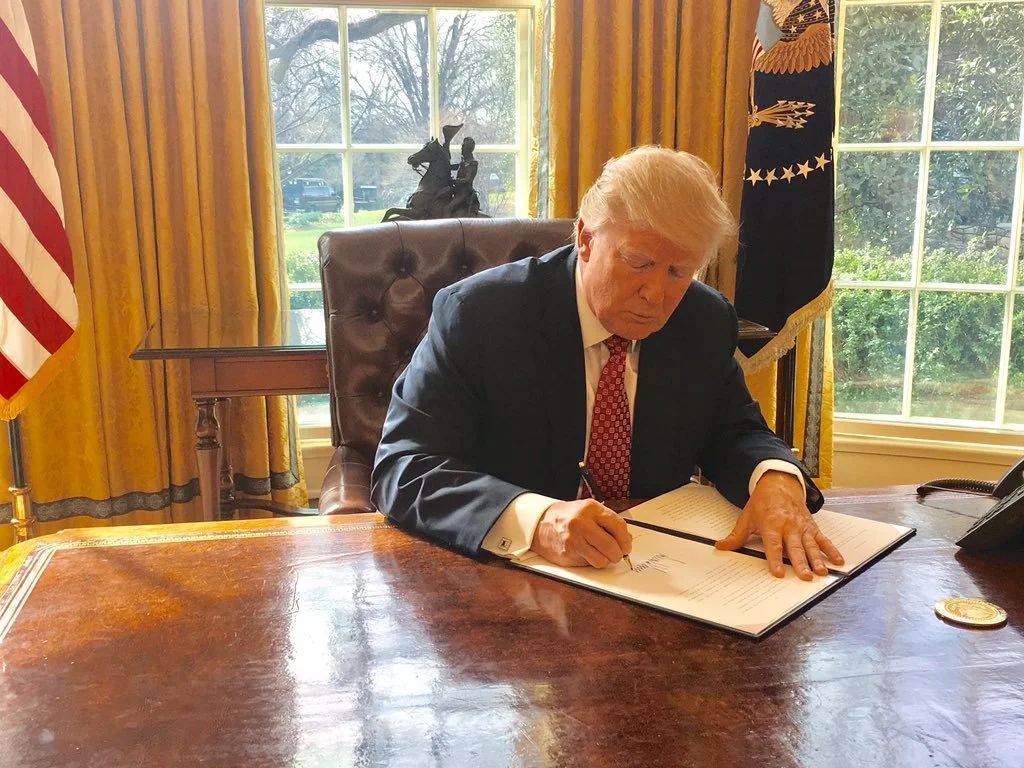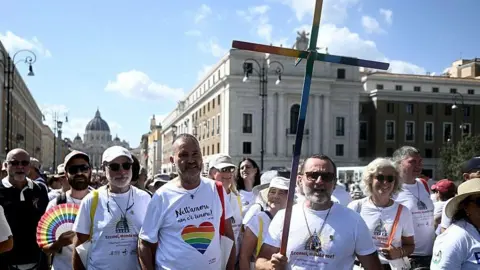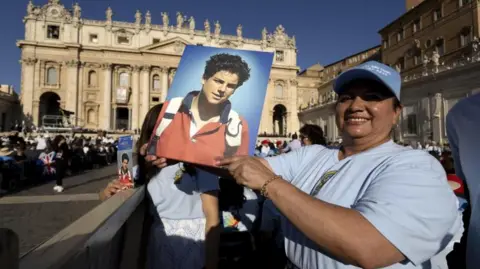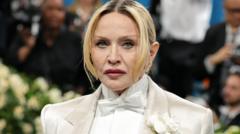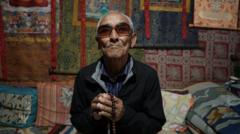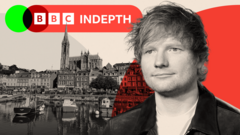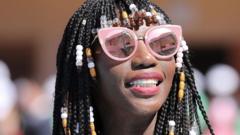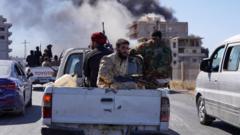White smoke billowed from the chimney above the Sistine Chapel on May 8, 2025, signaling that cardinals had successfully elected a new pope after two days of deliberations. The newly chosen pontiff's identity is expected to be announced imminently, igniting excitement among the throngs gathered in St. Peter’s Square, eagerly awaiting the announcement.
The conclave, consisting of 133 voting cardinals – the largest assembly ever for a papal election – faced the significant task of choosing a successor to the late Pope Francis, who passed away in April. This pivotal election comes as the Church is navigating through considerable uncertainty and pressing issues, including the direction of policies towards inclusivity which Francis had championed during his tenure.
As the crowd in St. Peter's began to swell with anticipation, preparations for the new pope's emergence were underway. Photographs of cheering supporters were captured as traditional church bells tolled in celebration, signaling a new chapter for the 1.4 billion Catholics around the globe.
The swift decision-making, less than 24 hours into the conclave, diverges from the extended deliberations seen in previous elections, to some extent indicating a unified direction among the diverse group of cardinals, despite their varied backgrounds and perspectives.
Addressing the upcoming challenges, the new pontiff is poised to consider whether to maintain Pope Francis’ agenda of inclusion and adaptability or to adopt a more conservative stance. This crucial decision holds the potential to reshape the Church's approach to several contentious issues at this juncture in its history.
With the white smoke now visible, the anticipation builds for the formal proclamation from the balcony of St. Peter’s Basilica, where the new leader will greet the people and outline his vision for the future of the Catholic Church.







